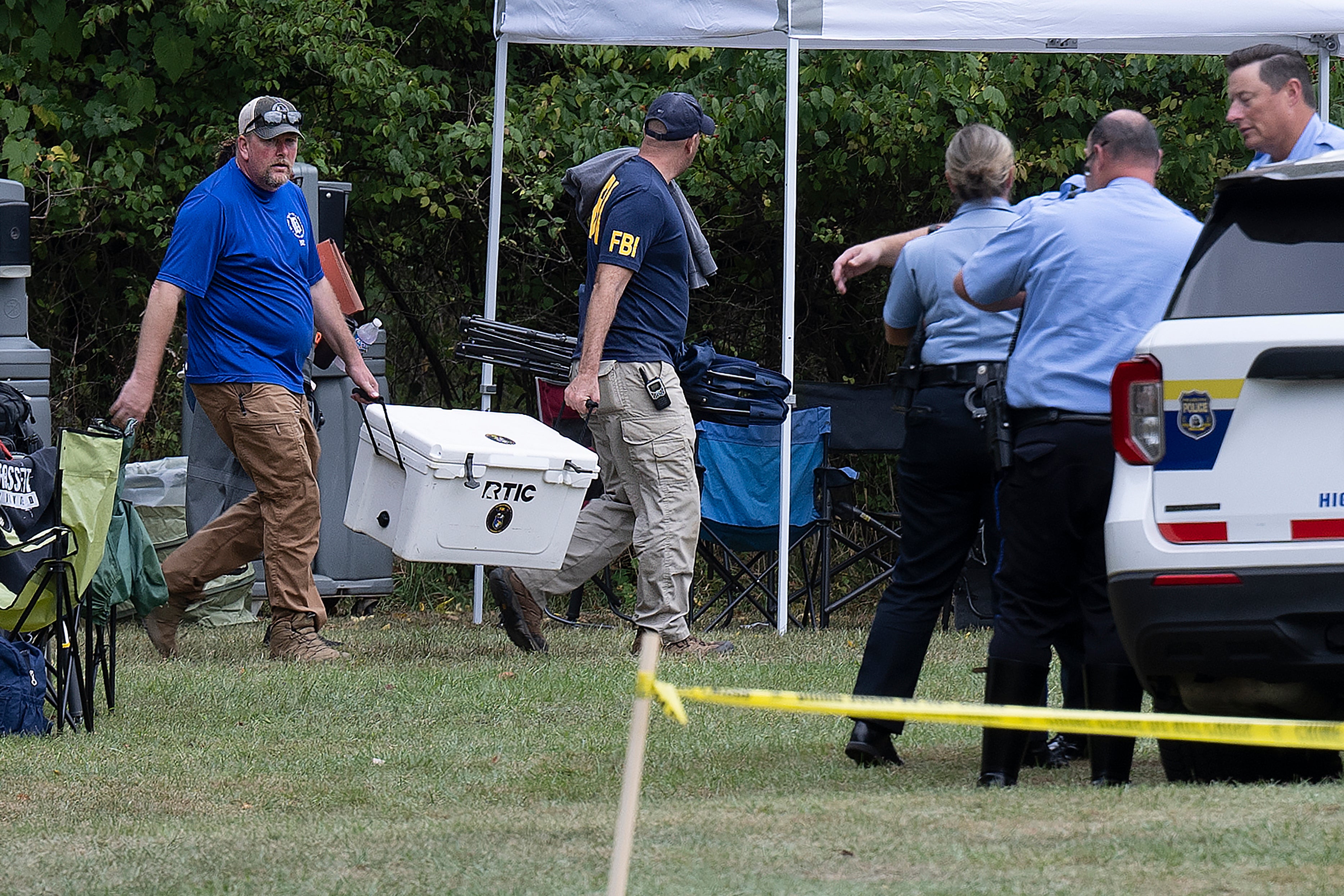Philadelphia police exhume 8 bodies from a potter's field in the hope DNA testing can help ID them
Investigators in Philadelphia are exhuming eight bodies buried in a potter's field this week in the hope that advances in DNA-based testing can help them identify the long-ago victims

Investigators in Philadelphia are exhuming samples from eight bodies buried in a potter's field this week in the hope that advances in DNA-based sleuthing can help them identify the long-ago victims and perhaps learn how they died.
The victims include a 4- to 6-year-old girl found dead in 1962, an infant boy found in 1983 and three men and three women found between 1972 and 1984.
“When there is an ID, it is satisfying to be able to give that information to the family, to give that closure to the family. Your loved one is now identified,” said Ryan Gallagher, assistant director of the Philadelphia Police Department’s forensics unit.
The dig is the latest task in the city’s long-running effort to identify its unknown dead, who were buried at the small field in northeast Philadelphia through the late 1980s. Detectives will now work with genetic genealogists, the city Medical Examiner’s Office, the FBI and others to piece together the mystery of who they are and how they died. Some of the work, in Philadelphia and elsewhere, is being funded through federal grants.
And they have cause for optimism, after scientific breakthroughs in recent years led them to identify the city’s most famous unclaimed victim, long known as “America’s Unknown Child” or “ The Boy in the Box.” The small child, whose battered body was found inside a cardboard box in 1957, was identified in late 2022 after decades of work as 4-year-old Joseph Augustus Zarelli. Investigators have some theories on how he died, but so far have not announced any conclusive findings.
That case followed a string of cold cases that were re-examined and sometimes solved around the country, including the Golden State Killer, through advancements in genetic genealogy.
Joseph’s body had also been buried in the city-owned potter’s field until those devoted to the case moved him to a featured spot just inside Ivy Hill Cemetery, under a weeping cherry tree. Last year, they dedicated a new headstone with his name and picture on it on his 70th birthday.
Police hold out hope they can do the same one day for the eight victims included in their current project, who all died in violent or suspicious ways. If they can find family members through DNA tracing, they will ask if they can help piece the story together.
Homicide Lt. Thomas Walsh, speaking from the potter's field Tuesday, said it's rewarding to see “the relief on the people’s faces when you can sit down in their living room and tell them, ’Hey, this is your loved one, that’s been missing for 30, 40 years.'”
“Of course, it’s tragic, the way it ended, but the relief is there, that they finally know this is my loved one and this is where they’re at,” he said.
Solving cold cases is a yearslong pursuit that mixes art with science.
“There's always that eureka moment,” Walsh said.
“Not everything’s cellular devices and video cameras,” he said. “Sometimes it takes good old-fashioned police work to bring a case in.”